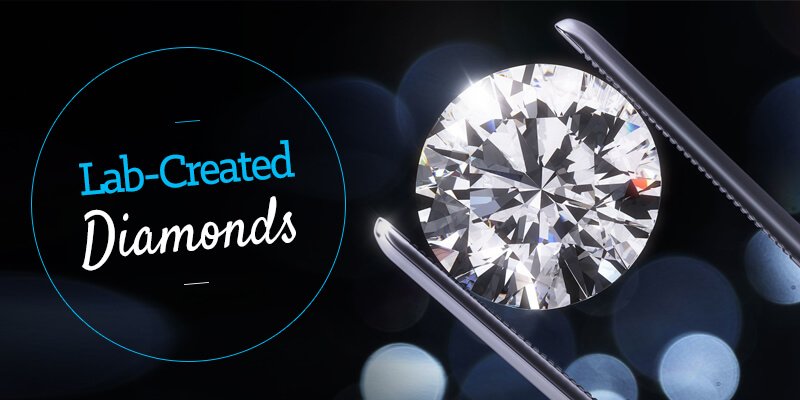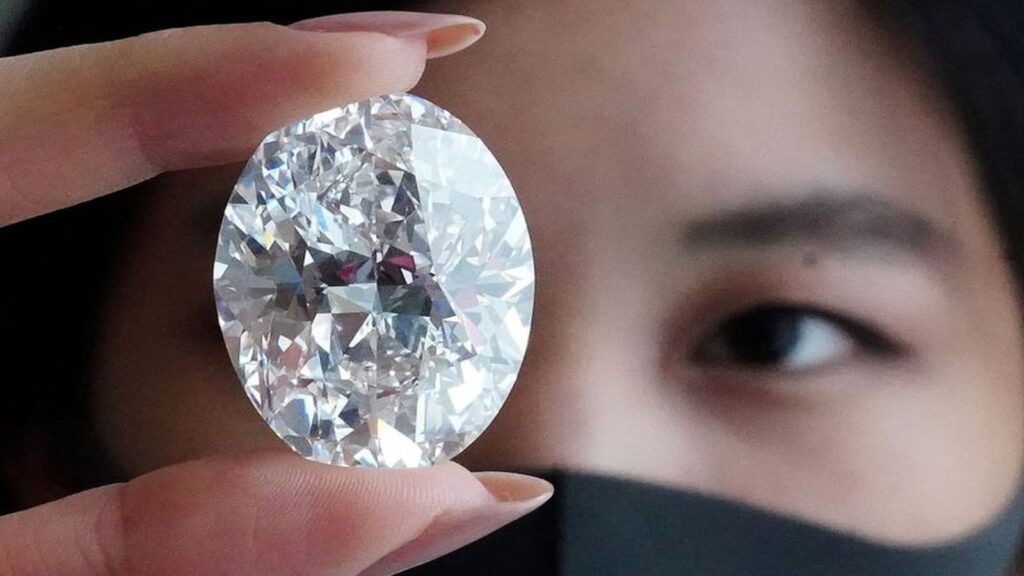
Diamonds have been a symbol of love and luxury for centuries. However, traditional diamonds mined from the earth come at a high environmental cost, and there are often concerns over unethical labor practices in the industry. As a result, many consumers are turning to lab-made ones as a more sustainable and ethical alternative.
Lab-made diamonds, also known as synthetic or cultured ones, are created in a laboratory setting rather than being mined from the earth. They are made of the same material as natural ones – pure carbon – and have the same physical and chemical properties. The main difference between lab-made and natural diamonds is their origin.

Source: yadavjewelry.com
The process of creating lab made diamonds begins with a small diamond seed. This seed is placed in a high-pressure, high-temperature chamber along with a carbon source. The chamber is then heated to temperatures of over 1,000 degrees Celsius and subjected to pressures of up to 1.5 million pounds per square inch. These extreme conditions cause the carbon atoms to bond together, forming a diamond crystal around the seed.
The process of creating them is not new. It was first developed in the 1950s and has been used primarily for industrial purposes, such as in cutting tools and abrasives. However, advances in technology have made it possible to create larger, higher-quality diamonds suitable for use in jewelry.
One of the benefits of lab-made diamonds is that they are more environmentally friendly than natural ones. Mining can cause significant damage to ecosystems, including deforestation, soil erosion, and water pollution. In addition, there are often concerns over the use of forced labor and human rights abuses in diamond mines. Lab-made diamonds, on the other hand, have a much lower environmental impact and are not associated with these ethical concerns.

Source: moneycontrol.com
Another benefit is that they are often less expensive than natural ones. While the cost of a lab-made diamond can still be significant, it is typically lower than the cost of a similar natural one. This can make them a more accessible option for consumers who want a high-quality diamond without the high price tag.
Some people believe that lab-made diamonds are not real ones, or that they are of lower quality than natural ones. However, they are chemically and physically identical to natural ones, and are often of higher quality due to the precision of the laboratory process.
They are also a more sustainable option for the future. As technology continues to improve, the process of creating them is becoming more efficient, and the cost of producing them is decreasing. This could make them a more attractive option for consumers who are concerned about the environmental impact of traditional diamond mining.

Source: bluenile.com
In conclusion, lab-made diamonds offer a sustainable, ethical, and high-quality alternative to natural ones. While some people may still prefer the traditional appeal of a natural diamond, lab-made ones are becoming an increasingly popular choice among consumers who want a more environmentally friendly and affordable option. As the technology behind lab-made diamonds continues to evolve, it will be interesting to see how they continue to impact the industry in the years to come.







